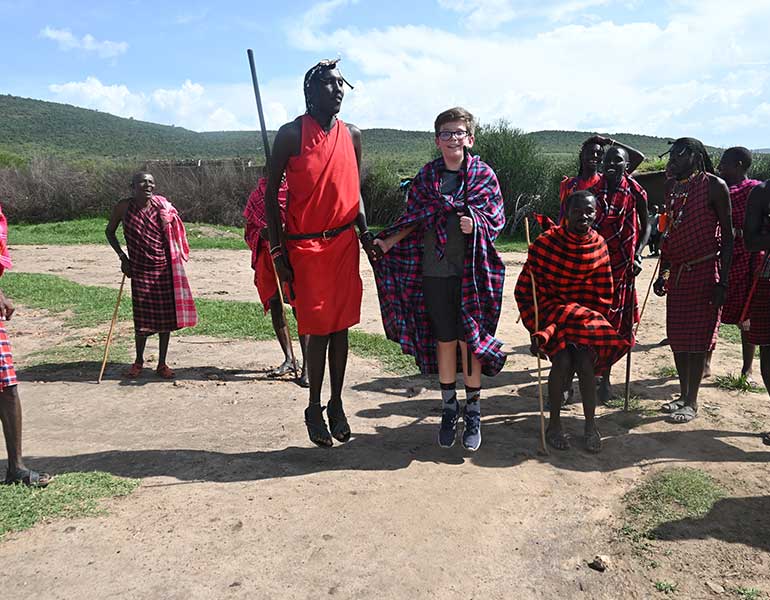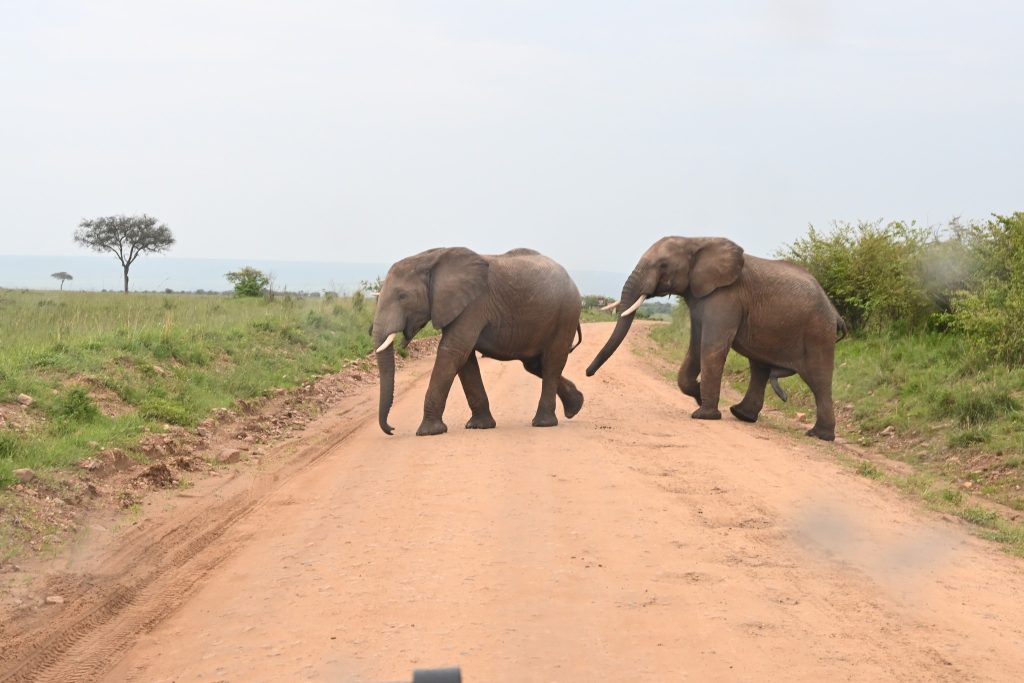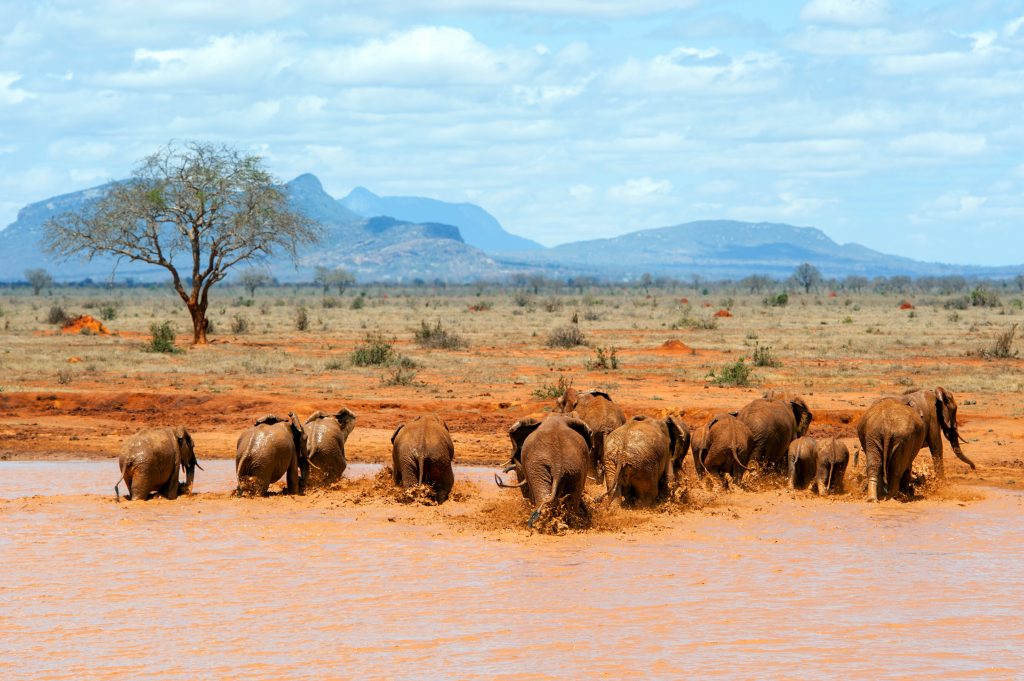
Masai Mara is the perfect safari location for wildlife enthusiasts looking to immerse themselves in nature and observe wildlife up close. It lets you enjoy an undisturbed personal adventure with a knowledgeable and qualified safari guide. Is not it amazing to explore things in open-sided 4×4 safari vehicles and escorted nature walks in private Conservancy areas? It is possible if you plan the safari itinerary with a reliable safari operator in Kenya. We at Drunken Elephant Mara can do it for you and make your journey memorable.
Let’s delve into planning an exciting itinerary that combines the majestic Masai Mara with other captivating Kenyan attractions. Whether you’re a wildlife enthusiast, a nature lover, or an adventure seeker, we will guide you to make the most of your Masai Mara safari trip.
Masai Mara: The Crown Jewel of Kenya Safaris
Understanding Masai Mara
The Masai Mara National Reserve stands as a symbol of Kenya’s natural beauty. It is a destination that captivates both local and international travelers with its stunning landscapes. Envision endless grasslands where zebras and wildebeest freely roam. Picture elephants mingling with water buffalos as they quench their thirst. With a bit of luck and patience, you may even catch a glimpse of lions, cheetahs, and leopards on the prowl. A visit to Kenya would not be complete without experiencing the wonders of Masai Mara. Consider these important factors when planning your safari in Masai Mara:

Ecosystem: The Masai Mara ecosystem consists of two natural reserves (Mara Triangle and Masai Mara National Reserve), smaller private conservancies, and nearby Masai villages. Situated 255 km southwest of Nairobi, near the border of Tanzania, Masai Mara shares a boundary with the Serengeti National Park, forming part of the same ecosystem.
Duration: Determine the number of days you wish to spend within the national reserve. Your choice will affect the overall cost of your trip. Whether you prefer a group tour, a private safari, or a self-driving adventure, it is crucial to understand your options.
Masai Mara National Reserve
Located at the heart of Masai Mara, this destination boasts the most abundant wildlife population. Regardless of the time of your visit, monotony is never a concern. Prepare yourself to encounter vast gatherings of wildebeest, zebras, elephants, and lions.
Mara Triangle
The Mara Triangle is situated in the western section of Masai Mara. The Mara River acts as a natural boundary, separating it from the rest of the park. Numerous safari professionals regard it as the most picturesque location within the reserve.

Combining Masai Mara with Other Kenyan Gems
When planning your Masai Mara adventure, consider combining it with other attractions for a richer experience:
Amboseli: Witness the iconic view of elephants against the backdrop of Mount Kilimanjaro.
Samburu: Explore the rugged landscapes and spot unique wildlife species.
Laikipia: Discover the highland wilderness and engage in community-based conservation efforts.
Great Rift Valley Lakes: Visit Nakuru, Elementaita, and Naivasha for stunning lakeside vistas.
Mount Kenya: For the adventurous, climb the second-highest mountain in Africa.
The Masai Mara National Reserve in Kenya offers an awe-inspiring safari experience, and choosing the right time to visit can greatly enhance your adventure. Let’s explore the Best Time to Visit Masai Mara this magnificent wilderness:
Dry Season (June to October)
The dry season is undoubtedly the prime time for visiting Masai Mara. Here’s why:
Weather: During these months, the weather is sunny but not excessively hot. The cloudless atmosphere provides optimal visibility.
Wildlife Concentration: Animals congregate near rivers and waterholes, rendering them more conspicuous. This presents exceptional chances to witness the presence of lions, elephants, zebras, and various other species.
Great Migration: If you have the desire to witness the magnificent wildebeest migration, make sure to schedule your trip between August and October. During this period, a mesmerizing spectacle unfolds as thousands of wildebeest bravely traverse the Mara River.
Wet Season (November to May)
While the wet season might not be as popular, it has its unique charm:

Less Crowded: Fewer tourists mean a more intimate wildlife experience. You’ll have special moments with resident animals.
Lush Greenery: The park comes alive with green vegetation and colorful flowers. It’s an excellent time for birdwatching.
Newborn Animals: Witness adorable newborn animals during this season.
Low-Season Rates: April and May offer lower rates, making it budget-friendly.
Tips for Planning Your Visit
Avoid March and April: These months are the peak of the wet season, with heavy rains.
Choose Your Safari Style: Decide whether you want a group tour, private safari, or self-drive adventure.
Combine with Other Attractions: Consider combining your Masai Mara trip with visits to Amboseli, Samburu, or the Great Rift Valley lakes.
Keep in mind that each season in Masai Mara holds its enchantment. Whether you are in pursuit of the great migration or search for serenity, it is important to plan carefully and fully embrace the awe-inspiring wonders of Kenya. Remember, Masai Mara offers more than just safaris. It provides an opportunity to truly immerse yourself in the unspoiled splendor of nature, forge a connection with wildlife, and make memories that will last a lifetime. So, plan thoughtfully, bring along your sense of curiosity, and prepare yourself for an extraordinary expedition!


